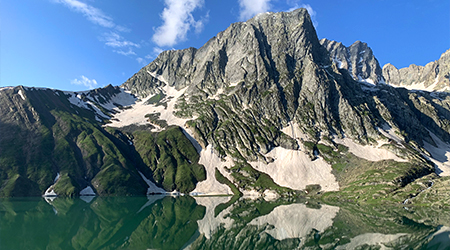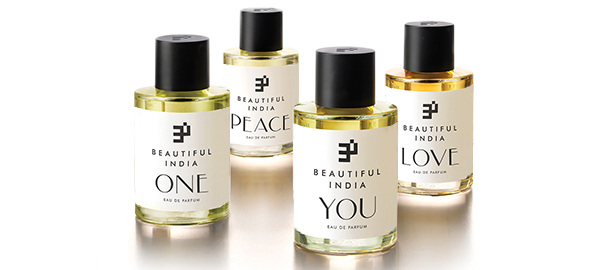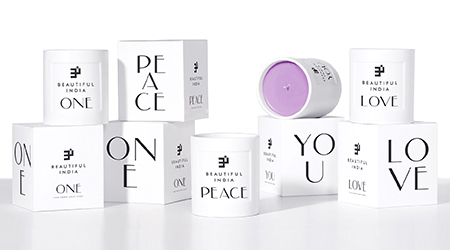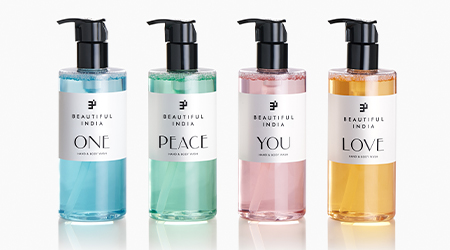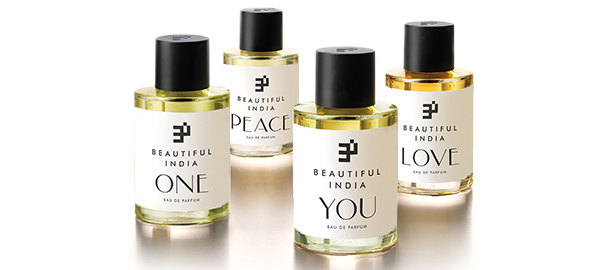By clicking subscribe, you are accepting our Terms and Conditions and Privacy Policy. You can unsubscribe any time by using the link in our emails.
What does India know about making Eau de Parfum?

What does India know about making Eau de Parfum?
Four thousand years ago, someone with a sensitive nose and a fertile imagination turned burning wood resin to release fragrant fumes, into a ritual that has literally transcended time and space. The waft of incense or oil can quite literally take you back centuries, to a place and time that you have never actually witnessed but is part of your cognitive learning. And of course, a scent can help you retrace your own timeline in a nanosecond. Such is the mystical power of perfume on the human mind.
The ancients of the Indus Valley were deeply aware of this potent connection between scent and spirit as far back as 3300 BC, and burned fragrant barks, wood resins and oils to purify themselves and connect with the ‘Supreme One’. Or, as we would say today, ‘set up the vibe’. Our profound texts, the Vedas have documented one of the earliest distillation experiments to create perfume. The ancient Indian pantheon even boasts a Goddess of fragrance, Gandheshwari who continues to be worshipped as a deity even today.
By the 6th century, perfumes started being used in cosmetics, beauty aids and even medicinal treatments and potions. Dhup or havan is a fumigation that became popular for both spiritual and medicinal cleanses, and once again, continues to this date in India. Oud or agarwood, saffron, tuberose, camphor, musk and itar were the earliest known substances used to make perfumes. Ayurveda, India’s ancient science of medicine has documented the holistic significance of fragrances and fragrant substances. The tradition of non-alcoholic pure perfume was pioneered in ancient India, from where it travelled via China’s representatives in Indian courts to Persia, where the Arabs refined distillation to a fine art. From Persia, it travelled to Rome in the 14th century, where it found its current name per fumus meaning 'through smoke'. And finally, perfume reached France, became parfum, and has since been elevated to a divine luxury.
Even though we can easily deconstruct the magic of perfume to its chemistry today and know exactly what gives it it's lingering base notes, heady top notes and subtle heart notes, the mystique of perfume has not waned a bit. It has only intensified. Perfumes are primarily a fusion of fragrance oil and solvent, which is either water or alcohol. Oil-based perfumes tend to have better staying power. We have myriad choices today, from concentrations to ingredients. Eau de Toilettes with 4-8% fragrance oils are light and subtle on the nose, while the Eau de Parfums with almost 20% of oil concentration, are strong statements, and of course more expensive.
A sensory experience that starts with the body and goes all the way to the soul. It attempts to blend the art of making perfume with ancient alchemic wisdom, to bridge the gap between you and your highest self. BEAUTIFUL_INDIA is a fragrant reminder of forgotten truths about life and living, handed down to us over centuries by our wise, an unspoken legacy of wisdom that needs no words. Only memories ignited by scent.

 France (en)
France (en)
 Germany
Germany
 India
India
 Japan
Japan
 Singapore
Singapore
 United Kingdom
United Kingdom
 United States
United States



